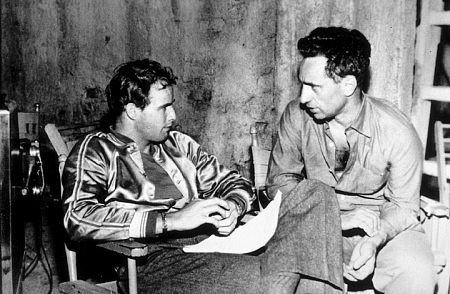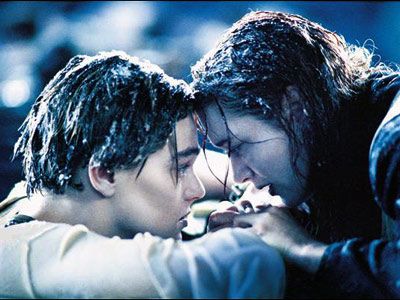SYNTHETIC IMAGINATION:Synthetic imagination is probably the most common type of imagination used by writers and filmmakers. By their very nature, high-concept ideas and genre-benders draw from it, assembling plots, worlds and characters from pre-existing sources. Perhaps the best-known example of this is Star Wars, in which George Lucas combined elements from sources as diverse as:
Through this faculty one may arrange old concepts, ideas or plans into new combinations. This faculty creates nothing. It merely works with the material of experience, education and observation with which it is fed. It is the faculty used most by the inventor, with the exception of the "genius" who draws upon the creative imagination when they cannot solve a problem through synthetic imagination.
2001: A Space Odyssey
Flash Gordon serials
E. E. Doc Smith's Lensman books
Tolkien's Lord of the Rings trilogy
Frank Baum's The Wizard of Oz
John Ford's The Searchers
Akira Kurosawa's Hidden Fortress
Fritz Lang's Metropolis
Joseph Campbell's Hero With a Thousand Faces
We can even see the process of synthetic imagination at work in the art design in Star Wars; for instance, Darth Vader's mask and head-gear are clearly influenced by Samurai helmets. The very fusion of the ancient and the futuristic can be considered synthetic. (Other elements of Vader's costume may or may not have been drawn from the villains of Norman Jewison's Jesus Christ Superstar.)

We can also look at The Matrix as an example, wherein elements from Japanese animation, Hong Kong action films, and 1980s science fiction movies can all be discerned.
The other type of imagination is described by Hill as follows:
CREATIVE IMAGINATION:
Through the faculty of creative imagination, the finite mind of humankind has direct communication with Infinite Intelligence. It is the faculty through which "hunches" and "inspirations" are received. It is through this faculty that all basic or new ideas are developed.
This description reminds me of something Jim Henson once wrote:
"I don't know exactly where ideas come from, but when I'm working well ideas just appear. I've heard other people say similar things--so it's one of the ways I know there's help and guidance out there. It's just a matter of our figuring out how to receive the ideas or information that are waiting to be heard." (It's Not Easy Being Green, and Other Things to Consider, p. 16)

I can attest to what Henson says here; intense creative work definitely seems to be a mechanism for producing flashes of inspiration. To wit: once, while writing under deadline (a script that had to be completed in two weeks), I spent so many waking hours writing, that about halfway into this marathon session, I began dreaming scenes in my sleep (some of which were coherent enough to include in the draft).
David Lynch also states that meditation can be a way to foster the creative imagination:
"An idea is a thought. It's a thought that holds more than you think it does when you recieve it. But in that first moment there is a spark. In a comic strip, if someone gets an idea, a lightbulb goes on. It happens in an instant, just as in life...For numerous examples showing how famous writers and filmmakers have utilized the creative imagination, see this previous post, The Germ of an Idea.
"Ideas are like fish. If you want to catch little fish, you can stay in the shallow water. But if you want to catch the big fish, you've got to go deeper. Down deep, the fish are more powerful and more pure. They're huge and abstract. And they're very beautiful...Everything, anything that is a thing, comes up from the deepest level...The more your consciousness--your awareness--is expanded, the deeper you go toward this source, and the bigger the fish you can catch." (Catching the Big Fish: Meditation, Consciousness, and Creativity, p. 1, 23)

